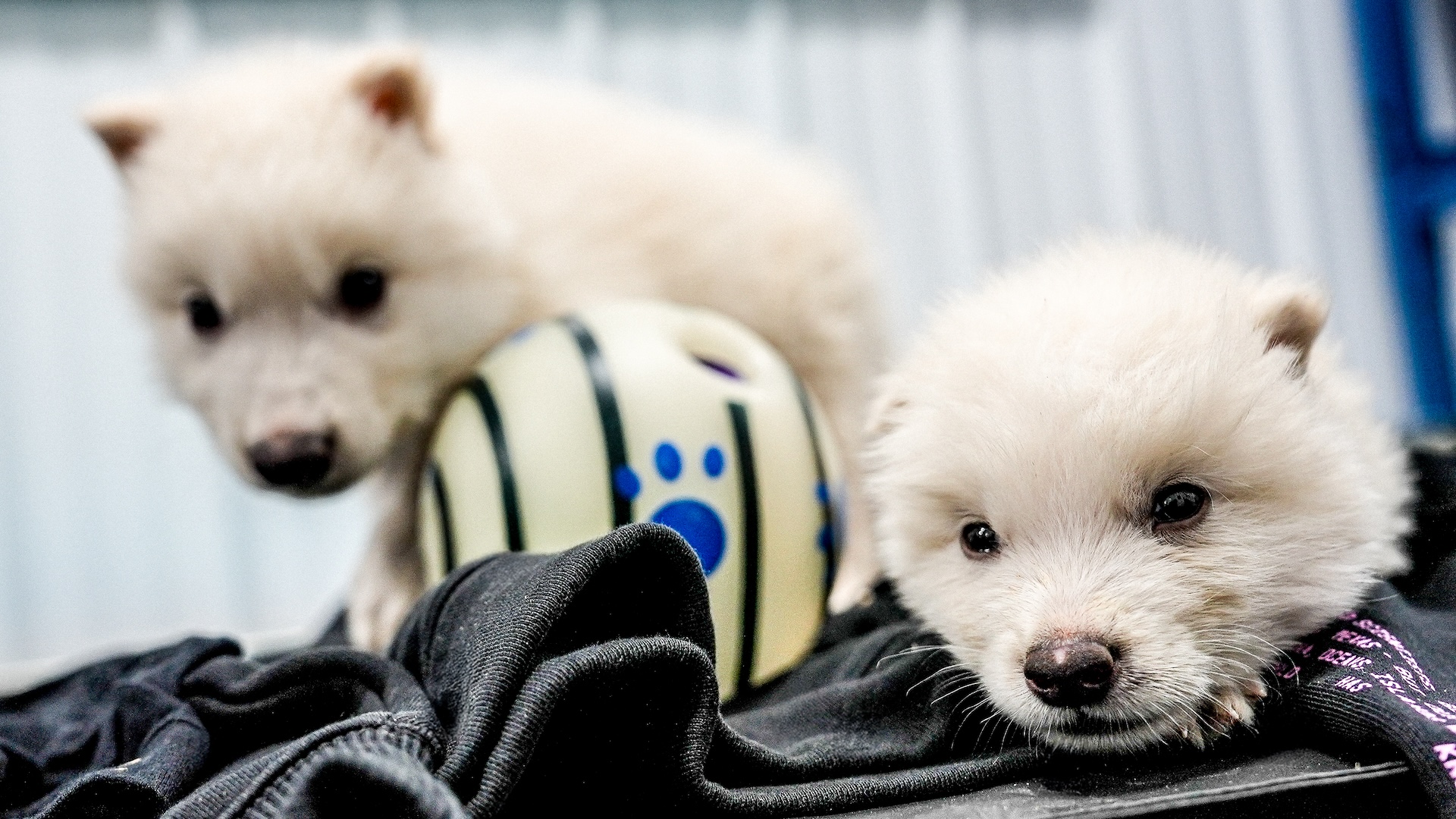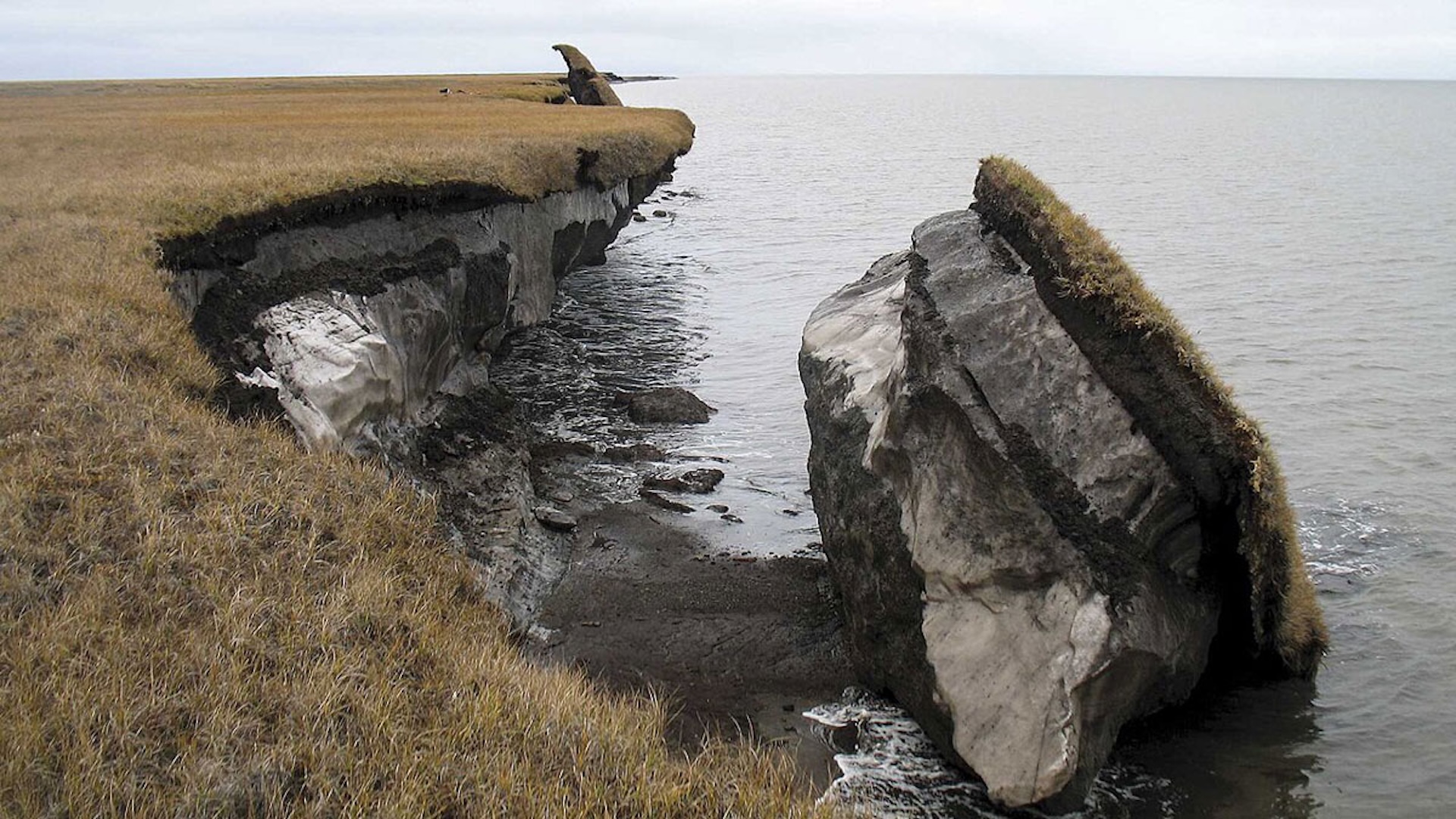Colossal chief scientist clarifies de-extinction claim, while confirming its 'dire wolves' are 'grey wolves with 20 edits'
In an interview with New Scientist, Colossal Biosciences' chief scientist has clarified that its "dire wolves" are just genetically modified gray wolves following a backlash to the "de-extinction" label it put on them.

On April 7, the biotechnology company Colossal Biosciences announced it had brought dire wolves back from extinction, explicitly stating it was "the rebirth of the once extinct dire wolf." Now, its chief scientist has clarified that those animals were actually genetically modified gray wolves, but maintained that the company never tried to hide this.
Three snowy white wolves, Khaleesi, Romulus and Remus, made global headlines when the biotechnology company claimed they were the world's first de-extincted dire wolves (Aenocyon dirus), brought back after over 10,000 years of extinction. Researchers were quick to criticize the claim as misleading, noting that the wolves were simply genetically modified gray wolves (Canis lupus).
In a new interview, Colossal's chief science officer Beth Shapiro has confirmed that the "dire wolves" are indeed just gray wolves with 20 modified genes. However, she also argued that the company never tried to hide the wolves' identity.
"It's not possible to bring something back that is identical to a species that used to be alive. Our animals are grey wolves with 20 edits that are cloned," Shapiro told New Scientist. "And we've said that from the very beginning. Colloquially, they're calling them dire wolves and that makes people angry."
Related: 6 extinct species that scientists could bring back to life — and 1 they have already resurrected
Shapiro's latest comment isn't a significant departure from what she and the company have said previously. Colossal argues that if they create an animal that looks like a dire wolf, then they can call it a dire wolf. Last month, Shapiro said in a Reddit video: "We chose to call them dire wolves because they look like dire wolves and reflect the key traits we found by sequencing their genome."
Part of the controversy stems from there being lots of different definitions for a species. Shapiro previously told New Scientist that they are using the "morphological species concept," which means defining a species based on morphology, or appearance.
Get the world’s most fascinating discoveries delivered straight to your inbox.
However, most scientists work from the "biological species concept," which means a group of organisms capable of interbreeding and producing fertile offspring. That means while animals in the same species may look the same, their appearance doesn't define them as a species.
In the case of the dire wolf, it went extinct more than 10,000 years ago, so researchers haven't seen one. Furthermore, Colossal doesn't always explain its nuanced approach to naming animals in its communications.

When Colossal unveiled its wolves, it released a statement — and other documents, posts and videos — that presented the animals as dire wolves, not genetically modified gray wolves. The company explained how it had edited the genes of gray wolves and detailed the process, but the top line was the birth of the "once extinct dire wolf," not a modified gray wolf.
"We didn’t ever hide that that's what it was," Shapiro told New Scientist. "People were mad because we were calling them dire wolves. Then they say to us, but they’re just grey wolves with 20 edits. But the point is we said that from the beginning. They’re grey wolves with 20 edits."
Live Science approached Colossal for comment, and the company restated that it had brought back the dire wolf.
"In our press release, we stated we made 20 gene edits to grey wolf cells," a spokesperson for the company said. "Grey wolves are the closest living relative to the dire wolves, as we showed in our paper. With those edits, we have brought back the dire wolf…"
"We have also said that species are ultimately a human construct and that other scientists have a right to disagree and call them whatever they want to call them. Khaleesi, Romulus and Remus are the first dire wolves to walk the Earth in 12,000 years. They are doing amazingly well and are a testament to what we can achieve as we continue on our goal of bringing back the dodo, thylacine, and woolly mammoth, among other species."
Creating a Colossal "dire wolf"
Colossal's scientists based their genetically modified wolves on dire wolf DNA, which they extracted from fossils. They then collected cells from gray wolf blood and modified those cells to resemble what they found in the dire wolf genome. Next, they inserted the modified cells' DNA into gray wolf egg cells, and put the resulting embryos into the womb of a domestic dog.
Genetically modifying the wolves was a long and complicated process, but Colossal only made 20 tweaks to 14 gray wolf genes, changing traits like hair color and body size. However, while the two species share a lot of the same DNA, there are many genetic differences between them.
"Colossal has said that the gray wolf and dire wolf genomes are 99.5% identical, but that is still 12,235,000 individual differences," Nic Lawrence, a paleogeneticist and associate professor at the University of Otago in New Zealand, previously told Vox. "So a gray wolf with 20 edits to 14 genes, even if these are key differences, is still very much a gray wolf."
Editor's note: This article and its headline were updated at 12.37 p.m. EDT on June 12, 2025 to clarify that in the interview with New Scientist, although Beth Shapiro said the 'dire wolves' were gray wolves with 20 gene edits, she did not say that they didn't de-extinct them.

Patrick Pester is the trending news writer at Live Science. His work has appeared on other science websites, such as BBC Science Focus and Scientific American. Patrick retrained as a journalist after spending his early career working in zoos and wildlife conservation. He was awarded the Master's Excellence Scholarship to study at Cardiff University where he completed a master's degree in international journalism. He also has a second master's degree in biodiversity, evolution and conservation in action from Middlesex University London. When he isn't writing news, Patrick investigates the sale of human remains.
You must confirm your public display name before commenting
Please logout and then login again, you will then be prompted to enter your display name.
